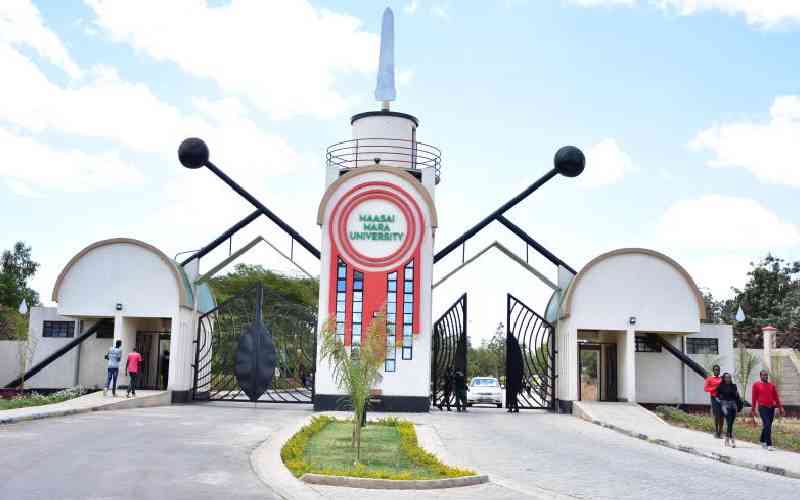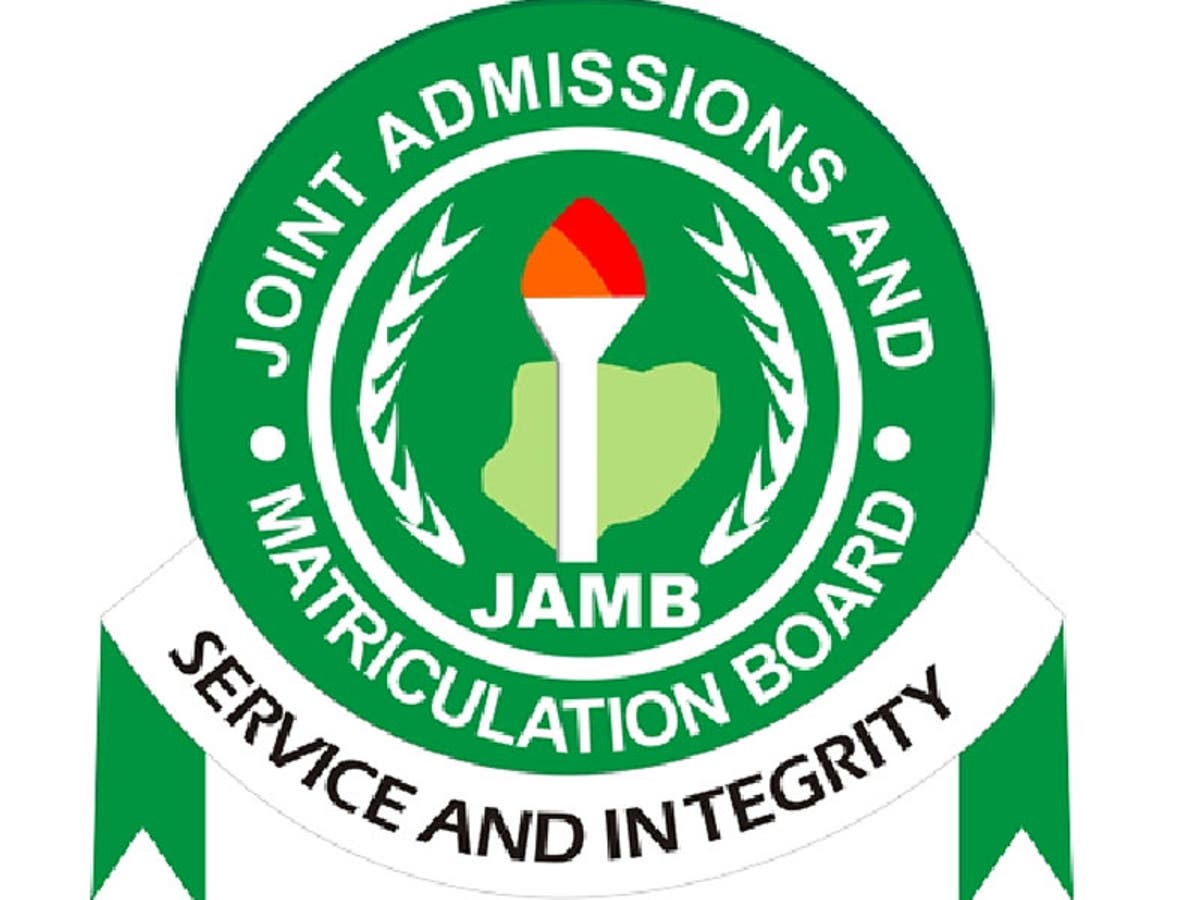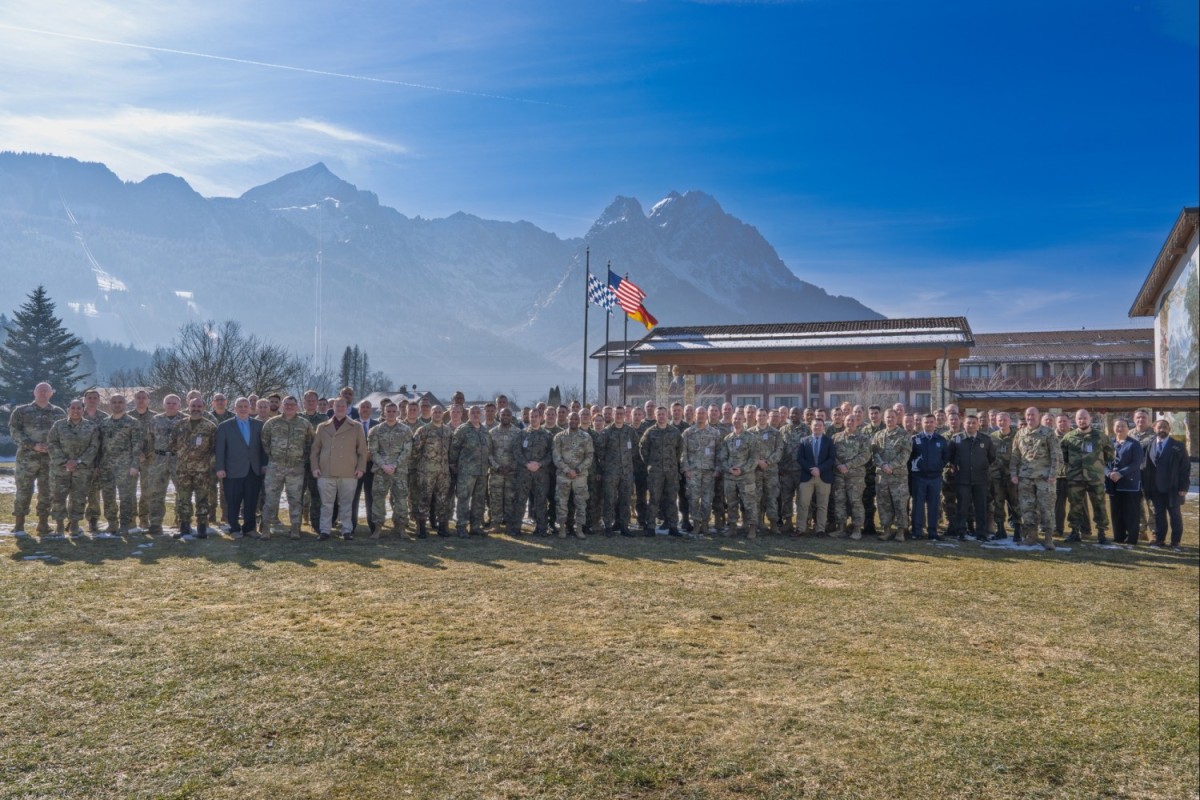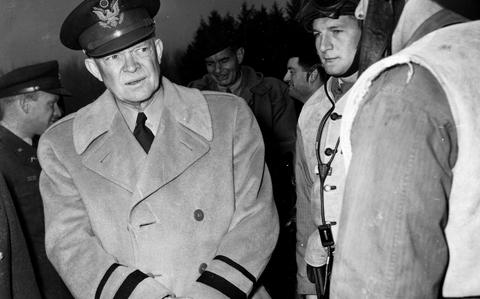Ike Liked Them: Top Trio Spearheaded WWII Battles | AUSA
Integral to military success in war is leadership, what retired Col. Peter Mansoor labels “the glue that binds all elements of combat effectiveness together.”
In his landmark study, 1999’s The GI Offensive in Europe: The Triumph of American Infantry Divisions, 1941–1945, Mansoor opines that the U.S. Army accomplished its mission in Western Europe because it evolved over time into a more combat-effective force than Germany could sustain on the battlefield.
As the memory of World War II recedes, many of the division commanders who figured so prominently in the European war have been forgotten.
On Feb. 1, 1945, Gen. Dwight Eisenhower, Supreme Commander of the Allied Expeditionary Force, prepared a list of some 30 to 40 of his outstanding generals, arranged roughly in accordance with his ideas of the value of the services they rendered in the war. Since many of his officers had served in multiple echelons of leadership, Eisenhower added a caveat, writing: “If division commanders performed magnificently as opposed to only good performance at Corps or army level, then the former was rated higher.”

In compiling his list for Army Chief of Staff Gen. George Marshall, Eisenhower singled out three division commanders: Maj. Gens. Clarence Huebner, Ernest Harmon and James Van Fleet. According to Eisenhower, this triumvirate of battlefield captains were “outstanding divisional leaders; experienced fighters” and were commanding corps, or soon to be assigned.
For today’s force, Army Chief of Staff Gen. Randy George’s efforts of “transforming in contact” coincide with Eisenhower’s emphasis on warfighting and delivering ready combat forces to the battlefield.

First on Eisenhower’s list of division commanders was Huebner, commander of the fabled 1st Infantry Division. Huebner was no stranger to the “Big Red One” when he assumed command of the division after Lt. Gen. Omar Bradley relieved Maj. Gen. Terry de la Mesa Allen at the conclusion of the campaign in Sicily, Italy, in August 1943.
A highly decorated officer who commanded a company and a battalion in the division during World War I, Huebner compiled a brilliant record and ended the Great War as a lieutenant colonel with two Distinguished Service Crosses, a Distinguished Service Medal and a Silver Star.
Bradley charged Huebner “to clean out the whole division” and improve combat efficiency, as quoted in Gregory Fontenot’s 2023 book, No Sacrifice Too Great: The 1st Infantry Division in World War II. A strict disciplinarian, Huebner immediately focused on marksmanship, physical conditioning, small-unit training and amphibious operations. By the time the 1st Infantry Division arrived in the U.K. on Nov. 5, 1943, Huebner had earned the not entirely affectionate nickname “Coach” for his close personal supervision of marksmanship training.
On D-Day, June 6, 1944, Huebner led V Corps’ assault on Omaha Beach in Normandy, France. Following the fierce fighting in the bocage country throughout July, Huebner’s division played an integral role during the exploitation phase across France and Belgium.
By September, the Big Red One reached Germany’s Siegfried Line, a system of pillboxes and strongpoints built along the country’s western frontier, culminating in the capture of Aachen, Germany, in October. Though the 1st Infantry Division had fought numerous battles since November 1942, it was its victory at Aachen for which the division later received a distinguished unit citation from the War Department.
Hard fighting continued under Huebner’s command during the battles of the Hurtgen Forest in November in Germany and Elsenborn Ridge during the Battle of the Bulge in Belgium. Once the German army was defeated in January 1945, Eisenhower elevated Huebner to command V Corps.
Huebner later led V Corps from the Rhine River to the Elbe, both in Germany, where his troops made initial contact with the Red Army in April 1945.
Following the war, Huebner served as commander of U.S. Seventh Army and U.S. Army Europe. He retired in November of 1950. Huebner died on Sept. 23, 1972, and is buried at Arlington National Cemetery.


Born on Feb. 26, 1894, Harmon graduated from the U.S. Military Academy at West Point, New York, Class of April 1917 and was commissioned in the cavalry. A cavalryman at heart, Harmon was a gruff, profane, no-nonsense commander. According to Pulitzer Prize-winning author Rick Atkinson in his 2007 book, The Day of Battle: The War in Sicily and Italy, 1943–1944, Harmon “woke every morning spoiling for a fight.”
In 1943, then-Lt. Gen. Eisenhower summoned Harmon to his Algiers, Algeria, headquarters in the wake of the Allied disaster at the Kasserine Pass in North Africa and instructed him to relieve either II Corps commander Maj. Gen. Lloyd Fredendall or 1st Armored Division commander Maj. Gen. Orlando Ward. Harmon refused Eisenhower’s directive to replace Fredendall for ethical reasons but later assumed command of the 1st Armored Division himself in April.
Despite his initial concerns about Harmon, once rating “his good judgment and common sense far lower than I do his ability in actual battle leadership,” Eisenhower later cabled Marshall that “Harmon of the 1st Armored Division has been the standout among our division commanders [in North Africa]. He is aggressive, energetic, courageous and a leader. He has transformed this division.”
Though Harmon did not participate in the initial assault on Sicily in July 1943, he led the 1st Armored Division in the Italian campaign, spearheading Maj. Gen. Lucian Truscott’s VI Corps breakout from the Anzio beachhead in 1944.
Harmon’s next assignment was to command his former division, the 2nd Armored Division, in September 1944 as Eisenhower’s armies approached the German border. During the Battle of the Bulge, the 2nd helped contain the German vanguard in the opening days of the German Ardennes offensive in Belgium and helped retake Celles, Belgium.
In addition to the Distinguished Service Cross, Harmon accumulated four Distinguished Service Medals and two Silver Stars by war’s end. Following his retirement from the Army in 1948, Harmon assumed the presidency of Norwich University, Vermont, a post he retained until 1965. Harmon died on Nov. 13, 1979, and is interred at Oxbow Cemetery in Vermont.

Rounding out Eisenhower’s trio of division commanders was Van Fleet, who was a latecomer to the war in northwest Europe. Like Eisenhower and Bradley, Van Fleet graduated from West Point in the Class of 1915, dubbed “The Class the Stars Fell On.” Commissioned in the infantry, Van Fleet served on the Texas-Mexico border during the Punitive Expedition of 1916 and commanded a machine-gun company in France during the Meuse-Argonne Offensive in September–November 1918, where he was wounded in action and received two citations for valor.
During the interwar period, Van Fleet served in a variety of military posts, including multiple tours as an instructor of infantry tactics at Fort Benning, Georgia, now known as Fort Moore, and with the University of Florida’s Army ROTC. Unlike most of his fellow officers, Van Fleet did not attend either the U.S. Army Command and Staff College or the U.S. Army War College. Regarded as one of the Army’s finest regimental commanders, Van Fleet commanded the 4th Infantry Division’s 8th Infantry Regiment for three years prior to D-Day. Van Fleet did not begin his rise into the Army’s hierarchy as early as his classmates Eisenhower and Bradley, but once underway, he rose rapidly.
Van Fleet’s regiment spearheaded the invasion of Utah Beach in Normandy on June 6, 1944. First Army commander Bradley was surprised that Marshall had not given Van Fleet a division command. Bradley had stated that Van Fleet was the finest regimental commander in the 4th Infantry Division. When Bradley discovered that Marshall had confused Van Fleet with another officer who had a similar name (and a problem with the bottle), he exploded: “You got the wrong guy. Van Fleet is a teetotaler!”
Bradley corrected the error and got Van Fleet promoted to brigadier general on Aug. 1, 1944. Van Fleet became assistant division commander of the 2nd Infantry Division during the battle for Brest in western France.
With Eisenhower’s concurrence, Bradley assigned Van Fleet command of the 90th Infantry Division on Oct. 15, 1944. Van Fleet earned his second star in November 1944, then led the 10th Infantry Division in the “reduction” of Metz, France, for which the 90th Infantry Division earned the Distinguished Unit Citation.
In the aftermath of the Americans crossing the Rhine at Remagen, Germany, in March 1945, Van Fleet assumed command of III Corps and led it with distinction through the end of the European war and the initial stages of the occupation of Germany. After the war, Eisenhower called Van Fleet’s battle record the best “of any regimental, divisional, or corps commander we produced.”
Van Fleet’s later record included command of U.S. Eighth Army during the Korean War. His World War II decorations included the Distinguished Service Cross with two oak leaf clusters, the Distinguished Service Medal with oak leaf cluster, the Silver Star with two oak leaf clusters and the Purple Heart with two oak leaf clusters.
Van Fleet died on Sept. 23, 1992, at the age of 100, and he is interred at Arlington National Cemetery. At the time of his passing, Van Fleet was the oldest surviving general officer in the Army.

In recognizing Huebner, Harmon and Van Fleet, Eisenhower demonstrated the necessity of informing one’s commander of worthy subordinates who might have slipped under the senior commander’s radar. There were many other division commanders who fought with conspicuous success in both the Pacific and European theaters during World War II.
Just as Eisenhower ensured that the achievements of Huebner, Harmon and Van Fleet were brought to Marshall’s attention, Sgt. Maj. of the Army Michael Weimer today emphasizes the role of the NCO corps in providing senior leaders the implements to achieve battlefield success. These are the lessons of history that remain relevant in shaping the future Army.
* * *
, U.S. Army retired, a former professor of history at the U.S. Military Academy, West Point, New York, is a writer and consultant. He holds a doctorate in history from Ohio State University.











